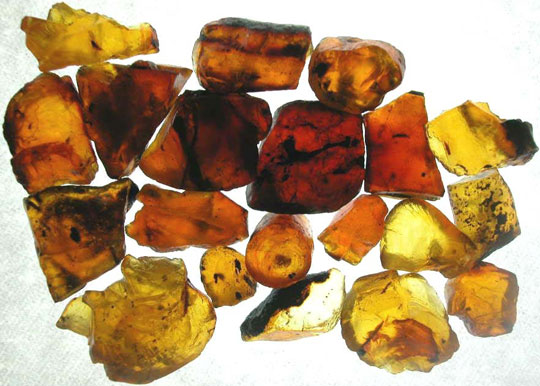International fossil researchers have discovered an amber weighing up to 150 kg in the western Indian province of Gujarat. It is said to be the largest amber plate in history with hundreds of prehistoric creatures in it and dated to about 52 million years.

Amber. (Artwork: Internet)
Rogers Rooster archaeologist, from the University of Bonn (Germany), said he found in amber a plethora of ancient organisms such as bees, spiders, termites, mosquitoes, ants, flies . Although dating to 52 million years, however, amber retains its complete state.
Currently, scientists have identified more than 700 species of arthropods, some species of insects, crustaceans in amber plates.
Amber is the oldest evidence to help scientists learn about Asian rainforests. The study found this amber sheet had a relationship with a hardwood tree called Dipterocarpus . Dipterocarpus hardwood accounts for 80% of the dense forests of Southeast Asia.
In addition, scientists also found fossils of this hardwood species at the detection area.
The discovery of insects in amber helps scientists to explain life before the Indian array collides with Asia, and demonstrates that the fusion between animals has reached relatively high levels.
India has been associated with Africa, but began separating today 160 million years.
Up to the present time, the international team of scientists has found 100 different species of arthropods, some of which are closely related to those living in Africa and Madagascar.
 Discovered an ancient centipede fossil 99 million years old
Discovered an ancient centipede fossil 99 million years old Discovered bat-like dinosaurs in China
Discovered bat-like dinosaurs in China Discovered a 200-year-old bronze cannon of the coast
Discovered a 200-year-old bronze cannon of the coast Discover 305 million-year-old spider fossils
Discover 305 million-year-old spider fossils